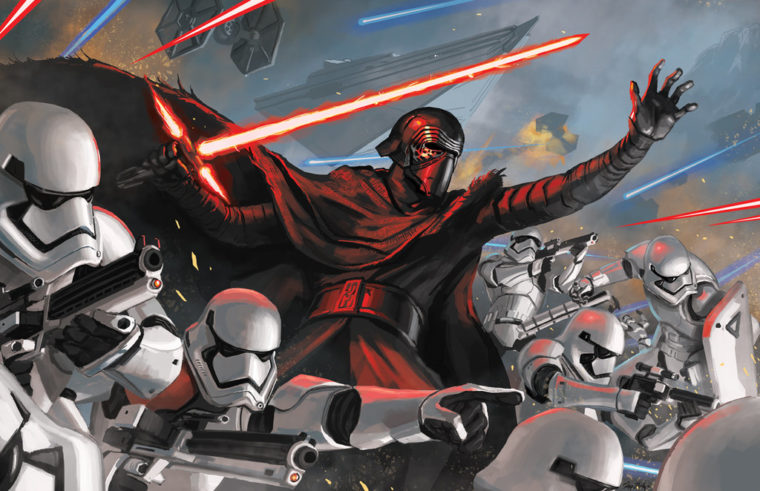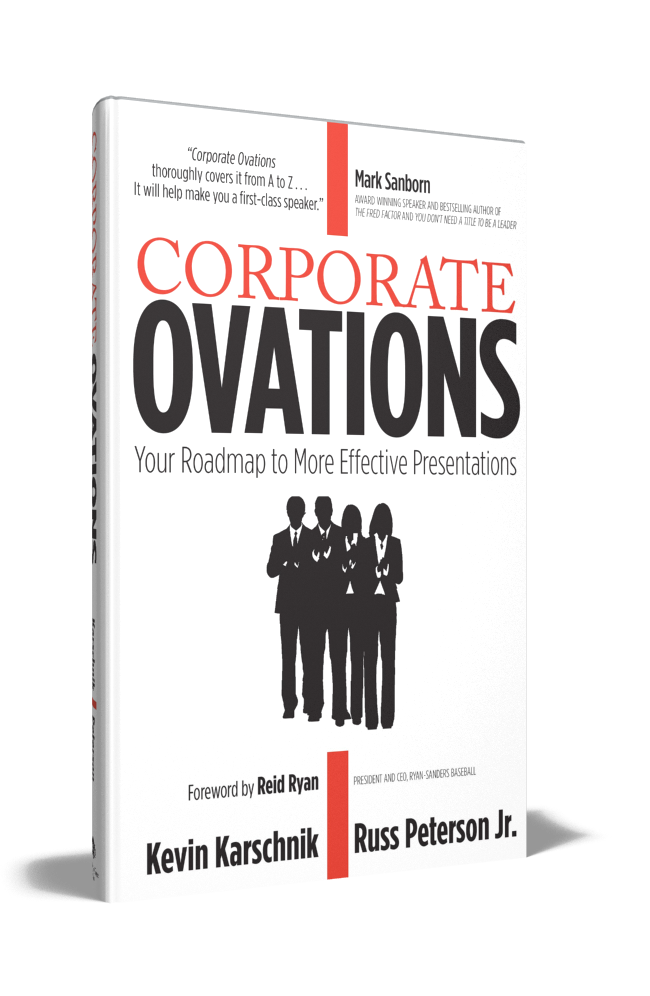We make decisions all day long. Some are simple (froot loops or cheerios?) while others can be quite complex (quit my job or stay?) Some internet sources say it could be as many as 35,000 per day, which obviously includes all the simple decisions. How can we get better at making the tough decisions without getting stuck or making poor choices?

I don’t want to make a series of poor choices that leads me down a dark path, (Is this my tie-in to Star Wars?). I discovered recently the difference between First Order and Second Order thinking.
The First Order
No, I’m not talking about the evil empire of the recent Star Wars trilogy. Although, I wonder if Lucas named his new Sith group “First Order” because of this cognitive thinking definition? It would certainly fit that group! Always thinking about immediate gratification instead of the long-term ramifications.
What is First-Order Thinking?
First-order thinking is short-term thinking. In other words, we only consider the immediate effects of any decision we make. As an example, if I eat that cake, my sweet tooth will be satisfied! Or… if I go to the gym, I’m going to be tired and have sore muscles.
First Order thinking puts us in a thinking category closest to the animals. (This is not a creation vs. evolution conversation… I’m simply stating a fact.) Animals don’t cognitively think about the future or consider strategic ramifications of their decisions. They simply make decisions to achieve short-term and immediate effects. What do I want right now and how can I get it right now?
Guess what? We do the same thing sometimes.
Second-Order Thinking Tool
In contrast, our ability to think further down the road about the derivative results spawned off of first-order decisions gives us more control over our future. This is called Second-Order Thinking. Of course, we don’t always do the best job of exercising this style of thinking.
To make better decisions we can use this tool to think about both the short-term and long-term results of the decision you’re about to make. This is heavy lifting for the brain. It pulls in multiple inputs and variables which could lead to a variety of potential outcomes. I’m reminded of the recent Avengers Infinity War movie where Dr. Strange played out one million potential outcomes in his mind and found only one good path forward where the Avengers could win.
That was some heavy-duty, second-order thinking!
But this tool creates a problem…
If you’re like me, then you love to play the second-order thinking game. It’s called speculation! My wife says if I were in the Avengers my super hero name would be “The Speculator” because I love to play out what-if scenarios. I prefer to think I’d be Dr. Strange, but I digress.
The problem we run into with second-order thinking is the tendency to overthink a situation and get caught in analysis paralysis. Sometimes we constantly play out scenarios to look at the potential results, but we never actually take action. That isn’t healthy or helpful. So how do we balance that? The second tool can help us!
The Tool to Force a Decision
Gen. Colin Powell is a retired 4-star general who served in the Persian Gulf War. He had a tool he used to make war-time decisions. His decisions had the greatest of ramifications (people’s lives were on the line) and they had to be made quickly.
To prevent himself from getting caught up in too much second-order thinking, he used a tool he called 40-70. He wouldn’t make a decision before having at least 40% of the information needed. He also didn’t wait to have all the possible information, he didn’t need more than 70%. In an imperfect world and with the constant change of the battlefield, he couldn’t afford to wait for more information.
If he had between 40 and 70% of the information needed for a decision, he felt he could make good decisions much faster than others.
We don’t need all the information and we don’t need perfect information, we just need a fair amount. Then we need the courage to make the call because we don’t have limitless time. So how do we finally pull the trigger? I present to you… the third tool.
20 Seconds of Courage Tool
In the Matt Damon movie, We Bought a Zoo, Damon’s character Benjamin moves his family to the country after losing his wife. The house also comes with a zoo. In one scene when Benjamin is talking to his son, he gives him advice on making decisions, “All you need is 20 seconds of courage… literally, 20 seconds of courage.”
Don’t be afraid to make that decision. It doesn’t take courage for a lifetime. It only takes 20 seconds of courage. All leadership requires courage, so don’t be surprised when you’re standing at the fork in the road and the followers are waiting on you to make your decision. Use your tools. You got this.
Tool 1: Did you consider the second-order ramifications of the decision?
Tool 2: Do you have between 40 and 70% of the information you need?
Tool 3: Can you muster 20 seconds of courage?
It’s time.
Have fun and enjoy the next 20 seconds.
Russ

Let’s connect…
on Twitter if we haven’t already?
OR Let’s connect via my Facebook page!
iSpeak teaches workshops to help leaders put a voice to their vision. It’s about connecting with an audience and giving them what they came for.
Russ Peterson Jr. is the co-founder and Managing Director of iSpeak, Inc. – An award-winning professional development training company. Russ is a speaker, international trainer, and published author on Professional Sales Communication and Business Communication. He delivers workshops, keynotes, and personal communication coaching services to business professionals in the US and around the world. His leadership blog assists leaders in giving voice to their vision. You can connect with Russ directly through Twitter, Facebook and LinkedIn.


Thanks for sharing. I read many of your blog posts, cool, your blog is very good.